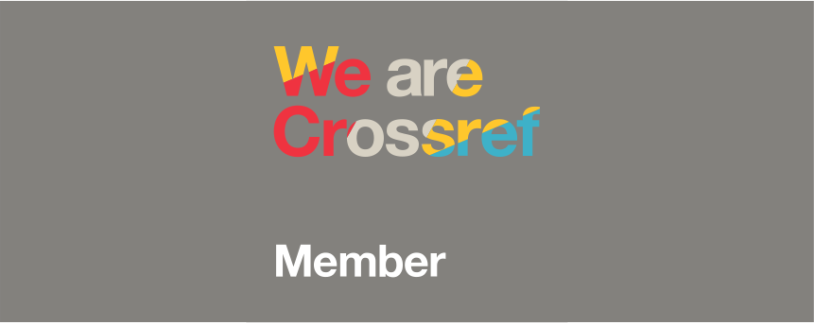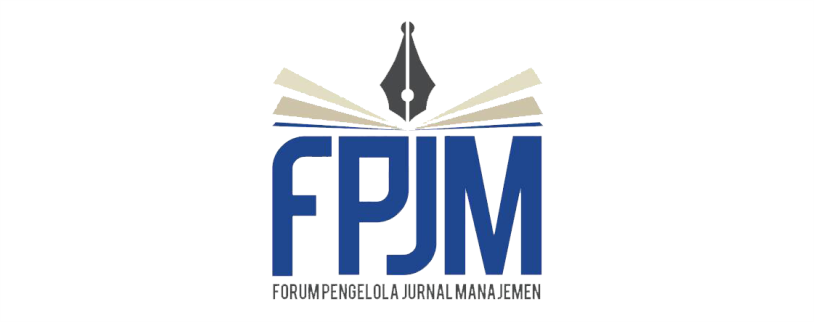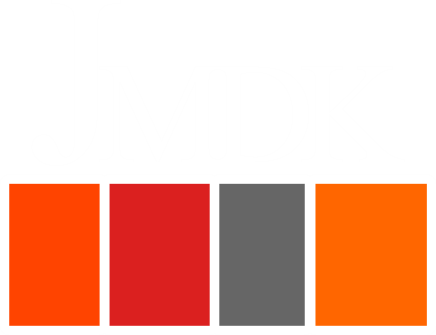Konsep Pengembangan Sumber Daya Manusia Berbasis Kompetensi, Bakat dan Ketahanan dalam Organisasi
DOI:
https://doi.org/10.26905/jmdk.v7i1.2760Keywords:
Competence, Human Resource Development, Resilience, TalentAbstract
Many companies have poor performance because they don’t have human resources relevated with their needs. Some of those organizations will not survive for long term in business competition. In this case Human Resource Development (HR) becomes a fundamental parameter for the success and achievement of organizational goals in order to exist. Based on literature review, the concept of developing an HR organization needs to pay attention on aspects of competence, talent, and resilience of employees. The competency aspect is the potential long-term value and potential source of the company's competitive advantage. While the talent aspect becomes a critical point for the company for the positions needed, and with the toughness aspect, employees are able to face competition and overcome difficulties to become opportunities for greater achievement. Thus, the vision, mission and expectations of the organization can lead to success.
https://doi.org/10.26905/jmdk.v7i1.2760
Downloads
References
Glen, C. 2007. Fostering Talent Opportunity: Getting Past First-Base. Strategic Direction, Volume 23 (10), 3-5.
Hutagalung, S. S. 2008. Pengembangan Sumber Daya Manusia Sektor Publik Berperspektif Human Power-Based. Jurnal Ilmiah Administrasi Publik dan Pembangunan, Vol.2, No.5, ISSN : 1410-8429.
I Prabawati, Meirinawati, T A Oktariyanda. 2018. Competency-Based Training Model For Human Resource Management And Development In Public Sector. IOP Conf. Series: Journal of Physics: Conf. Series 953. doi :10.1088/1742-6596/953/1/012157
Joubert, D. 2007. Talent Management: Deliberate practice for success. Randburg: Knowres Publishing.
Jumawan. 2015. Mengembangkan Sumber Daya Manusia (Hrm) Yang Strategis Untuk Menunjang Daya Saing Organisasi : Perspektif Competency & Talent Management. Media Mahardhika Vol. 13 No. 3 Mei 2015
Kamidin, M. 2010. Pengaruh Kompetensi Terhadap Prestasi Kerja Pegawai Sekretariat Daerah Kabupaten Bantaeng,†Jurnal Economic Resources, Vol. 11, No. 30, pp. 79-91.
Kamus Merriam Webster. 1928. (online), https://www.merriam-webster.com/. pada tanggal 09 Mei 2019, pukul 19.00 WITA
Kemp, L. K dkk. 2004. Competency-Based Human Resource Management. https://trove.nla.gov.au/version/19970950. 1st ed. xvi, 291 p.
Labola, Y. A. 2017. Perpaduan Aspek AQ dengan Aspek Kecerdasan Lainnya Dalam Dunia Pendidikan-Kajian Literatur. http://www.e-jurnal.com/2017/08/perpaduanaspek-aq-dengan-aspek.html
Long, C dan Ismail, W. 2011. An Analysis Of The Relationship Between HR Professionals’ Competencies And Firms’ Performance in Malaysia, International Journal of Human Resource Management, 22(5), pp. 1054-1068.
McCauley, C dan Wakefield, M. 2006. Talent Management in the 21st Century. The Journal for Quality and Participation, 29 (4).
Noe, R. A. 2008. Employee Training and Development. Fourth Edition. NewYork: McGraw-Hill.
Okoye, P.V.C and Ezejiofor, R. A. 2013. The Effect of Human Resources Development on Organizational Productivity. International Journal of Academic Research in Business and Social Sciences. Vol. 3, No. 10 ISSN: 2222-6990.
Pfeffer, J. 1998. The Human Equation: Building Profits by Putting People First. Cambridge, Mass: Harvard Business School Press.
Phoolka, S dan Kaur, N. 2012. Adversity quotient: a new paradigm to explore. International Journal of Contemporary Business Studies. 3(4):67–78.
Raven, J dan Stephenson, J. (Eds.). 2001. Competency in the Learning Society. New York: Peter Lang.
Sesanti, D. M. 2012. Bab II: Kajian Teori. UIN Malang, http://etheses.uin-malang.ac.id/2251/6/08410095_Bab_2.pdf, diakses pada tanggal 13 Mei 2019.
Shodhganga. Chapter 1, http://shodhganga.inflibnet.ac.in/bitstream/10603/62613/10/11_chapter1.pdf, diakses pada tanggal 08 Mei 2019, pukul 19.00 WITA.
Simon, Herbert. 1997. Administrative Behavior: A Study of Decision-Making Processes in Administrative Organizations, 5th edition. New York, NY: Macmillian Company.
Spencer, N. L dan Spencer, M. S. 1993. Competence at Work : Models for Superrior Performance. John Wily & Son,Inc. Mew York.
Susan, M. R. 2012. Women and Leadership in Higher Education Current Realities, Challenges, and Future Directions. Advances in Developing Human Resources, 14(2), 131-139.
Talent Align. 2007. Talent Management Processes in Organisations, http://www. talentalign.com/talent_management_processes_in_organization.htm
Townsend K, Wilkinson A. 2010. Managing Under Pressure: HRM in Hospitals. Human Resource Management Journal. 20(4):332–338.
Tripathi, K dan Agrawal, M. 2014. Competency Based Management In Organizational Context: A Literature Review. Global Journal of Finance and Management. ISSN 0975-6477 Volume 6, Number 4: pp. 349-356.
U. S. Supardi. 2013. Pengaruh Adversity Qoutient Terhadap Prestasi Belajar Matematika. Jurnal Ilmiah Pendidikan MIPA (Jurnal Formatif) 3(1): 61-71 ISSN: 2088-351X
Van Dijk, H. G. 2008. The Talent Management Approach To Human Resource Management: Attracting And Retaining The Right People. Journal of Public Administration. Volume 43 number 3.1.
Wei, L dan Ming Lau, C. 2005. Market Orientation, HRM Importance And Competency: Determinants Of Strategic HRM In Chinese Firms. The International Journal of Human Resource Management 16(10):1901-1918.
Downloads
Published
Issue
Section
License
Authors who publish with this journal agree to the following terms:
(1)Â Copyright of the published articles will be transferred to the journal as the publisher of the manuscripts. Therefore, the author confirms that the copyright has been managed by the journal.
(2) Publisher of Jurnal Penelitian is University of Merdeka Malang.
(3) The copyright follows Creative Commons Attribution–ShareAlike License (CC BY SA): This license allows to Share — copy and redistribute the material in any medium or format, Adapt — remix, transform, and build upon the material, for any purpose, even commercially.












